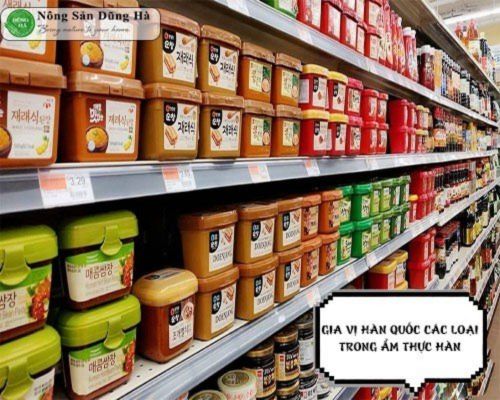Tin tức
Discover 8 famous Korean spices in Korean cuisine
Korean spices are very diverse, rich and indispensable in many delicious Korean dishes. His father had a saying “Spices are the soul in cuisine”, surely you have heard more or less about this simile. The difference between regional cultures, customs and traditions has brought about the unique cultural and culinary beauty of each locality. Korean cuisine always has a big difference thanks to the typical spices that no other country has. The following article shared by Dung Ha Dried Agricultural Products will answer in detail to you 8 famous Korean spices in Korean cuisine that are indispensable.
1. Learn the characteristics of Korean cuisine?
- Using natural spices: Korean cuisine often uses natural spices such as garlic, ginger, chili, soy sauce, black sauce,…
- Banchan (side dish): Banchan are side dishes that are often used with the main meal. They are usually small dishes, can be raw vegetables, pickles, sweet and sour dishes or stir-fried dishes,… The number of banchan dishes in Korean cuisine is up to dozens of dishes.
- Kimchi: Kimchi is the famous dish that makes the Korean brand. This is a dish that is spicy salted with cabbage, spicy chili seasoning. Kimchi is often used to eat rice, grill,…
See more: Surprising uses of Indian spices for healthy meals
2. Discover 8 famous Korean spices in Korean cuisine
2.1 Korean chili powder
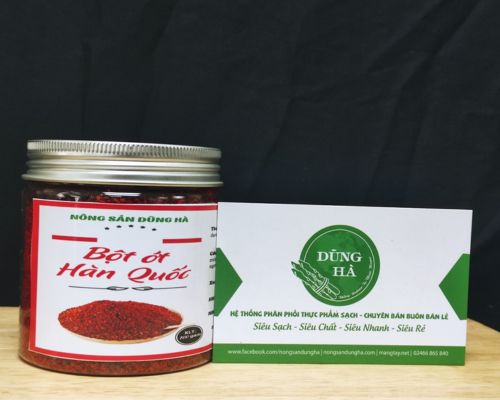
- Stir-fried dishes
- Dipping sauce
- Water dishes such as: pho, vermicelli, vermicelli, porridge,…
See also: 3+ extremely simple ways to make dried chili at home from A to Z
2.2 Korean chili sauce
Continuing another spicy condiment that is also very popular in Korea is Korean Chili Sauce. If, Korean chili powder is a form of dried chili powder, Korean chili sauce is in the form of a viscous liquid.
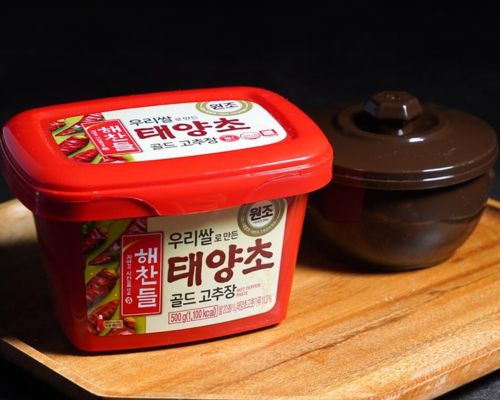
- Chilli will be washed, seeds removed
- Tomato + sliced pear
- Put fresh garlic + fresh chili + pear in and boil for 15 minutes
- Take them out to drain
- Put chili + pear + tomato + garlic in the blender and puree
- Finally, pour the pureed soy sauce mixture into the pan and boil for 10 minutes
- Add tapioca + apple cider vinegar and cook with chili sauce for 7 minutes
- Pour the chili sauce mixture through a sieve, filter out the residue, take the chili sauce to use
See more: How to make Muong Khuong chili sauce at home, any dip is delicious
2.3 Korean Soy Sauce
The next Korean condiment you cannot ignore is soy sauce. Currently, Korean soy sauce has produced many types from different popular brands. However, only the following 3 types of soy sauce are the most popular in the land of kimchi: Joseon Ganjang, Yangjo Ganjang and Jin Ganjang. All three of these Korean soy sauces are made from very different ingredients.
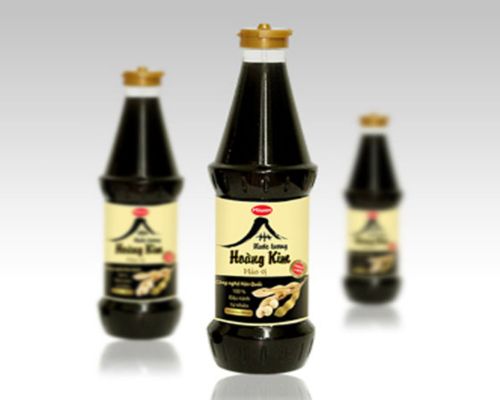
- Joseon Ganjang is also known as Guk-Ganjang. This type of soy sauce is made from soybeans, salt and mineral water. They will be fermented for 1 year. The flavor of this soy sauce is more intense than other Ganjang varieties. Joseon Ganjang is used in soups, banchan,…
- Yangjo Ganjang ingredients are the same as Joseon Ganjang. However, this type of soy sauce they only ferment for half a year (ie 6 months). Yangjo Ganjang is used to marinate grilled meat or dipping sauces. The taste is sweeter than Joseon Ganjang, and not too salty
- Jin Ganjang is a soy sauce made from soy protein that is broken down by chemical enzymes. In other words, Jin Ganjang is a kind of soy sauce, when eaten they have a fatty taste of soybeans.
2.4 Korean Kewpie Sauce
Korean cuisine not only loves spicy food, but they also love fruit and vegetable salads. Apparently, a healthy healthy diet is something that Koreans attach great importance to. In the Korean diet, vegetables are an important and indispensable thing. They can be eaten directly, or chopped into salads and then mixed with sauces and enjoyed.
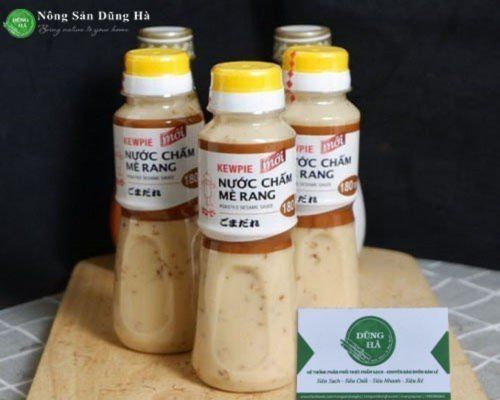
- White sesame will be roasted and pounded finely
- Then, roasted sesame will be pureed with mayonnaise, rice vinegar and Korean soy sauce
- The last step is to filter the mixture through a sieve to remove residue
2.5 Korean dried anchovies
Are you surprised that dried anchovies are a unique Korean condiment? It is a fact that you have not known for a long time. If in Vietnam, anchovies will be processed into dishes such as: fried anchovies with garlic and chili, anchovies braised with turmeric, anchovies braised with pepper,… In Korea, they use dried anchovies to increase the sweetness of the water. soups or side dishes.
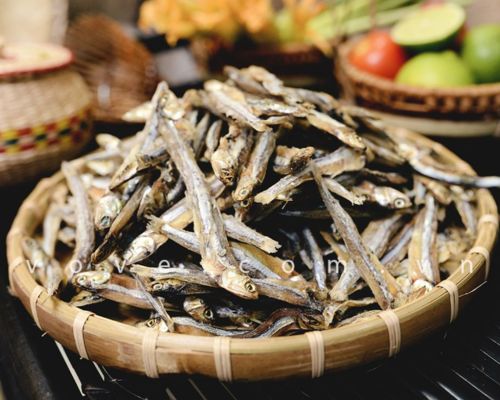
See more: Summary of delicious and attractive dried fish that you cannot ignore
2.6 Korean yellow mustard
Mustard is a familiar condiment in Korean cuisine. There are many varieties of mustard on the market. However, there are only 2 types of mustard that are most loved by people: yellow mustard and green mustard. Of these two types of mustard, yellow mustard is the most commonly used Korean yellow mustard.
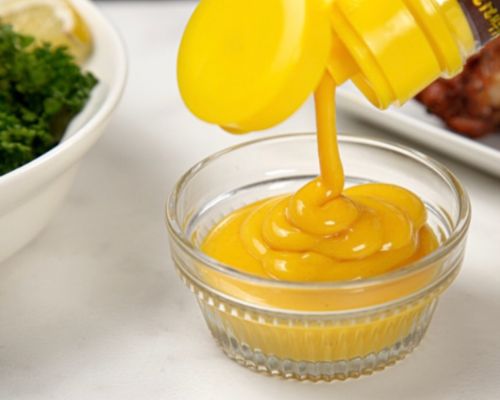
2.7 Korean Apple Cider Vinegar
Vinegar is probably a familiar spice in Vietnam. In Vietnam, there are many types of vinegar being sold in the market. These are: White Vinegar, Rice Vinegar, Brown Rice Vinegar, Wine Rice Vinegar, and Apple Cider Vinegar. Of these 5 types of vinegar, there is only one type of vinegar originating in Korea that is loved by many Vietnamese people, which is Apple Cider Vinegar.
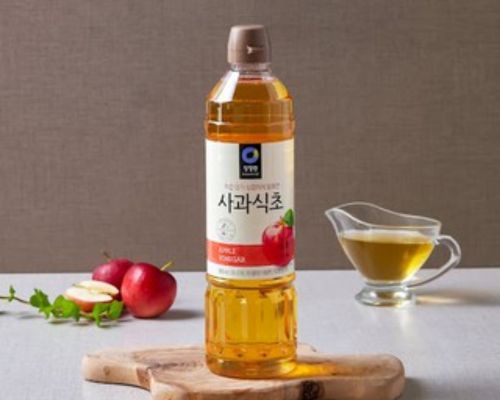
2.8 Korean Soju
- Soju Apple Flavor
- Soju Peach Flavor
- Soju Blueberry Flavor
- Green Grape Soju Soju
- Soju Soju Melon Flavor
- Soju Plum Flavor
- Soju Cherry Flavor
- Soji Flavourful Phuc Bon Tu
- Kiwi Flavor Soju
- Strawberry Soju Soju
- Fragrant Soju Soju
- Traditional Flavor Soju
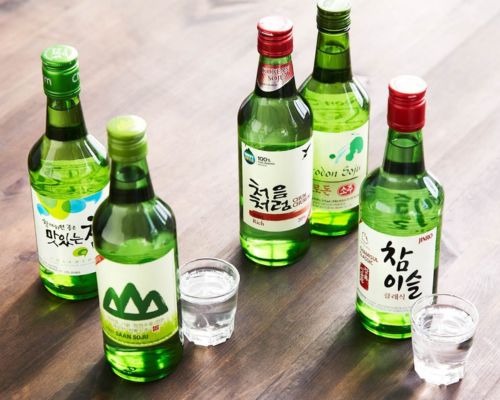
2. Where to buy cheap quality Korean spices in Hanoi and Ho Chi Minh City?
Currently, it is not difficult for you to buy Korean spices in many places such as supermarkets, food stores, dry markets, … in your area. However, you need to pay attention to the quality and origin of the product. Dung Ha dry agricultural products is a prestigious place that you can choose. Not only selling Korean spices, our store also offers a lot of Ha Giang specialties, Northwest specialties, dried fruits,… guaranteed quality, affordable prices.
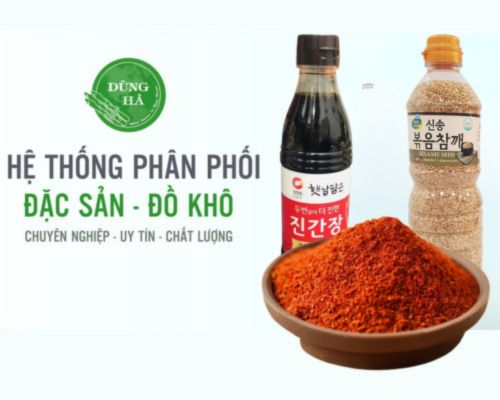
- CH1: No. 11 Kim Dong – Giap Bat Street – Hoang Mai District – Hanoi
- CH2: A10 – Alley 100 – Trung Kinh Street – Yen Hoa Ward – Cau Giay District – Hanoi
- CH3: No. 02/B, Quarter 3 – Trung My Tay Street 13 – District 12 – Ho Chi Minh
- Corporation Tel: 1900 986865


 Tiếng Việt
Tiếng Việt